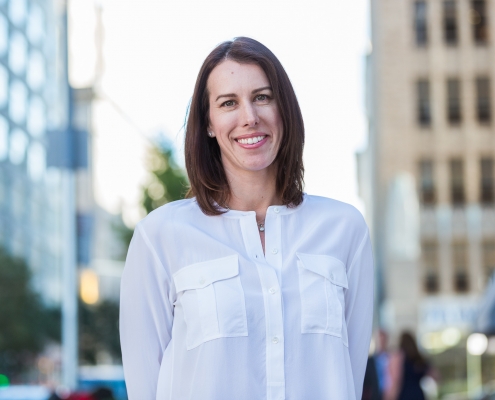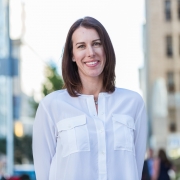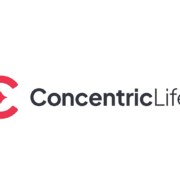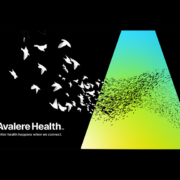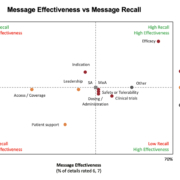Diversity in Healthcare
Diversity in Healthcare
by Amanda Powers-Han
Representation matters. This is a sentiment you’ve likely heard before, but in the healthcare space, there is really no understating its importance. Not only are diversity, equity and inclusion (DEI) practices the key to growth in a diverse, global economy, they can also have a profound and measurable impact on the quality of people’s lives.
We know that a lack of diversity in healthcare settings can lead to harmful disparities in health outcomes, but a lack of diversity in messaging can also make people less likely to seek care in the first place. Influencers like Joel Bervell and Esther Choo are working on changing narratives and correcting harmful assumptions around race, gender, and sex in the medical field. But everyone, in every sector of healthcare, can work to understand the importance of diversity, conquer biases and stigma, and improve representation.
Health does not look the same for everyone.
Diversity can refer to any part of a person’s experience or identity, from their race, ethnicity, gender, and age, to their political beliefs, language, culture, and socioeconomic background. Any of these factors will have an impact on when and why people seek medical care. Messaging that considers these differences can help bust dangerous health myths and save lives.
People of color, in particular, stand to face dire consequences when medical providers and pharmaceutical companies exclude them from their messaging. To take one of the examples Bervell highlights on his TikTok channel, messaging about Lyme disease has traditionally only educated the public on how its hallmark rash appears on white skin. This has had a devastating impact on the Black and brown folks who contract the disease; they are 10 percent more likely to show late manifestations of Lyme because they did not know to seek treatment or were denied proper testing outright.
Representation in healthcare marketing has a ripple effect.
Racial biases in medical messaging (and Bervell’s Lyme example is only one of many) can erode trust in pharmaceutical companies and medical professionals. This in turn can dissuade certain people from seeking the care they need or make them more ashamed or anxious when they do. We saw this with the rollout of the COVID-19 vaccines, when Black Americans were less likely to trust those vaccines, even while they faced higher health risks from contracting the virus.
When pharmaceutical companies do not take care to diversify their healthcare messaging and do not take into account the different ways illness can present across racial groups, they are failing consumers. However, when they arm the public with diverse, inclusive messaging, these same companies can provide folks with the information and confidence they need to advocate for themselves in a medical system that repeatedly fails underrepresented groups.
These companies don’t just reach more customers; they save lives.
DEI matters. Period.
At the end of the day, the goal of diversifying healthcare marketing is to ensure that everyone — regardless of their identity — has the information and support they need to identify health concerns and feel confident seeking care for themselves and their families. Making the effort to diversify the messaging, representation, and sentiment of healthcare and pharmaceutical advertisements can make people feel more welcome, safe, and supported.
As healthcare marketers, we are uniquely positioned to bring about these positive changes. It is our job to communicate the countless benefits that come with diverse and inclusive messaging, such as improved profits and expanded brand reach.
These conversations are powerful; they can improve health outcomes for millions of people.
| Amanda Powers-Han is chief marketing officer of Greater Than One. |

